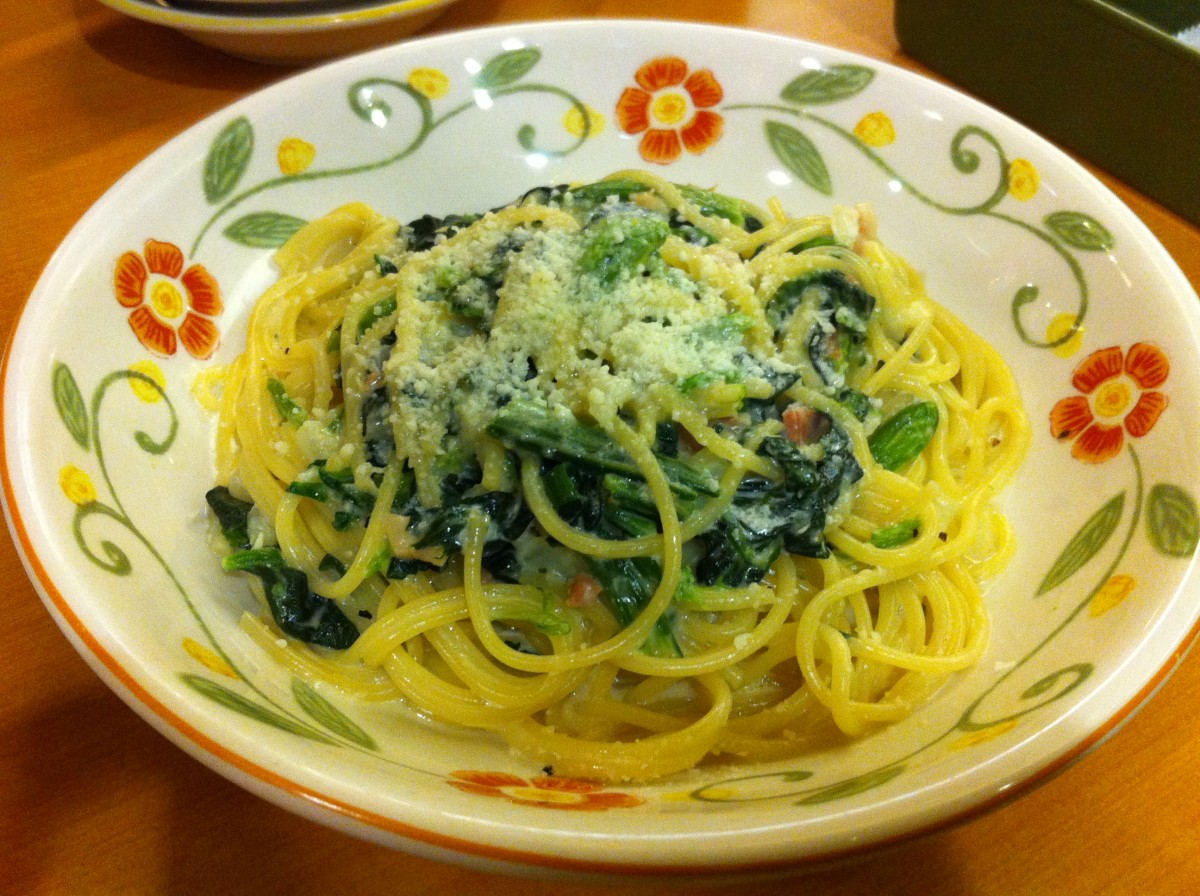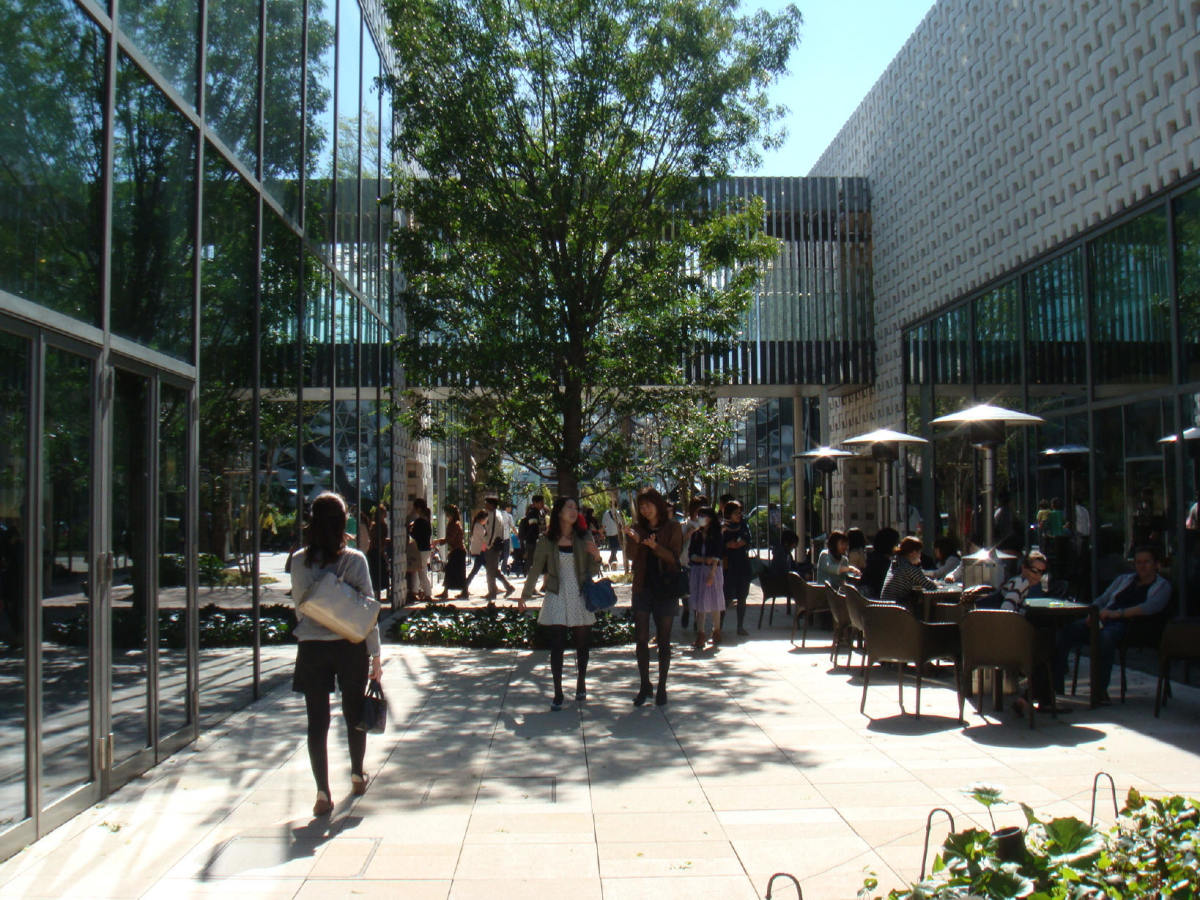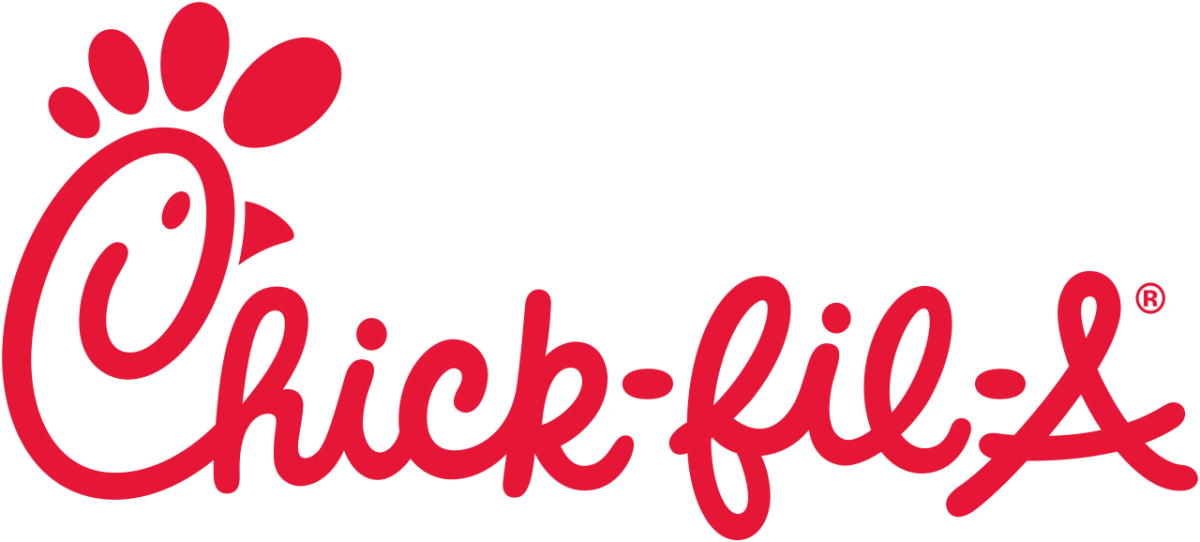- HubPages»
- Travel and Places»
- Visiting Asia»
- Eastern Asia
How to Eat at a Yoshinoya (and Save, of course)
If you are tired of sushi, tempura, or BigMac, you may want to try Gyudon.
In my first hub, I just mentioned what is good about eating at a local fast-food restaurant or inexpensive eatery in Tokyo; it's more economical and, at the same time, exciting that restaurants dedicated for non-Japanese tourists.
Now let's talk about actual Japanese fast-food restaurants you may want to try out if you have not yet.
The first one I would go through is, as I just hinted previously (in my 1st hub), Yoshinoya. There are a couple of reasons why I have chosen this eatery:
- Yoshinoya serves fully-cooked food (good news for those who can not eat raw fish or meat); and
- Some of you (i.e., Americans who live on the West Coast) can even try out before you come to Japan.
Moreover, in the metropolitan Tokyo area, and even in some rural cities outside Tokyo, you can find a Yoshinoya in a busy city center or neaby subway/train stations quite easily. All you need is some courage, some knowledge on how to get the food, and some yen. :)
Okay, enough prologue. Let's talk about how a local Japanese (including myself) get a beef bowl, or "gyudon" (pronounced like g-you doh-n or something like this --- hope you get it). For your convenience, the picture at the bottom shows you what a gyudon looks like (and some pricing info on the right side).
For the sake of simplicity, for now I recommend you to try out a regulars-size gyudon first. If you find it good and like it, you may want to try another menu.
Let's say you have found a Yoshinoya and are ready to get in there (if you need a deep breath, do so before getting there :) ). In many cases, the entrance is automatic or semi-automatic; the sliding door will open as you step on the entrance matt, or you may need to push some button on the sliding door.
Once inside the Yoshinoya, look around and find a vacant seat and just get there. If the restaurant is busy, you may need to wait for a few minutes, but it's not going to be very long, at most 10 minutes or less.
The waitstaff would greet you, saying "Ih-rasshai-mah-seh" which is the usual phrase you hear in most shops and restaurants in Japan. One of the waitstaff, perhaps closest to you, may tell you where to sit with some gesture (if they can easily see you are not a local Japanese), otherwise, just locate your seat by yourself as this is a fast-food restaurant.
Oh, I almost forgot. In any case, do not expect that they speak English or any other language than Japanese. If you are very lucky, some waitstaff may speak English, but I'd doubt such a situation. So you can learn whatever is needed to try out a bowl of Yoshinoya gyudon, right here. ;-)
All right. Now that you are seated, you are ready to order your gyudon (or beef bowl).
(I assume that you are not a vegetarian or not on a diet. If you are, please wait for my hub article on vegetarian survival guide in Tokyo or something. By the way, I accept your request if you definitely need my helf.)
As I assume you are not able to read Japanese menu, here is the easiest way for you to order a bowl of gyudon to the stuff:
- "Nah-me, hitotsu kuh-da-sai." (Give me a regular beef bowl.)
This is it. The magic phrase above will make the Yoshinoya waitstaff understand what you have ordered and bring you your gyudon.
For those of you who would like more explanation on the Japanese phrase above, here are some more info:
- "nah-me" (or maybe "nami" as a Japanese might put it) means regular, ordinary, or standard.
- "hitotsu" is "one bowl", taking literally. In Yoshinoya restaurants, the locals usually omit the name of the most popular menu, the regular beef bowl. Thus, the same principle must be applicalble to you as well even though you do look like a gringo.
- "kuh-da-sai" means "give me."
If you are familiar to the Japanese restaurant and know what you are doing, you may want to even omit the "kuh-da-sai" part and just say, "Nah-me, hitotsu." and everything is going to be fine.
But it might be a good idea to be polite and not to look like an impolite, arrogant "gaijin" by using rather polite phrases during your stay in Tokyo. It's up to you.
Okay, once you have your gyudon served right in front of you a few minutes lator, you may want to put some pickled red ginger (a black square-looking box on the table with a small tong stuck for each) or sprinkle some red pepper (in a small, clear container near by the red ginger box. These are complimentary, so you can take as much as you like (apply common sense, though, needless to say).
Optionally, you might want to add a raw egg (yes, I'm NOT kidding) or Japanese-style pickled vegetables, but I would not cover these for now. (I can cover these upon request, though.)
Okey dokey... now that your appetite is satisfied, you need to pay for what you just ate. You might stand up and say, "Suh-ih-mah-sen, oh-kan-jo." This phrase means, "Excuse me, check please."
The waitstaff closest to you will come to you and calculate the bill for you. As of September 2007, a "nah-me gyudon" (regular beef bowl) is 380 yen or about 3.3 US dollars.
Not a bad deal for your quick lunch in Tokyo, huh? ;-)
c.f., Yoshinoya USA site (English explanations on beef bowl and other menus)







